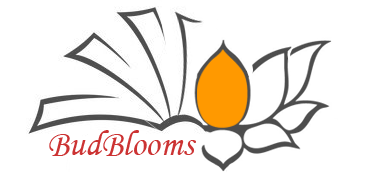
Today, the information in most books on kamma and rebirth by Buddhist writers are actually an amalgam of ideas the Buddha taught together with ones that developed sometimes centuries after his passing. And it is all presented as if it … Read the rest

What was the Buddha like as a human being? How did he relate to others? With great care and an eye for detail, Venerable Dhammika pieces together the life events we can ‘read’ from very early texts. The result is … Read the rest
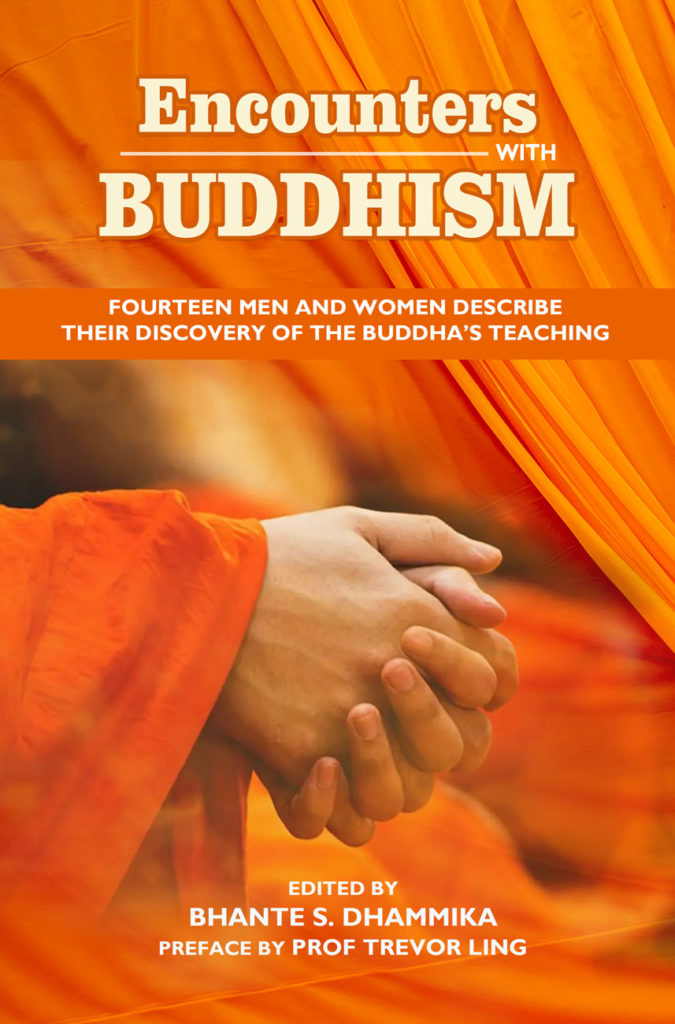
Fourteen writers here describe how they came to be Buddhists. Men and women of different nationalities: each tells the story of his or her encounter with Buddhism and of how they became a Buddhist. Together they form an interesting and … Read the rest
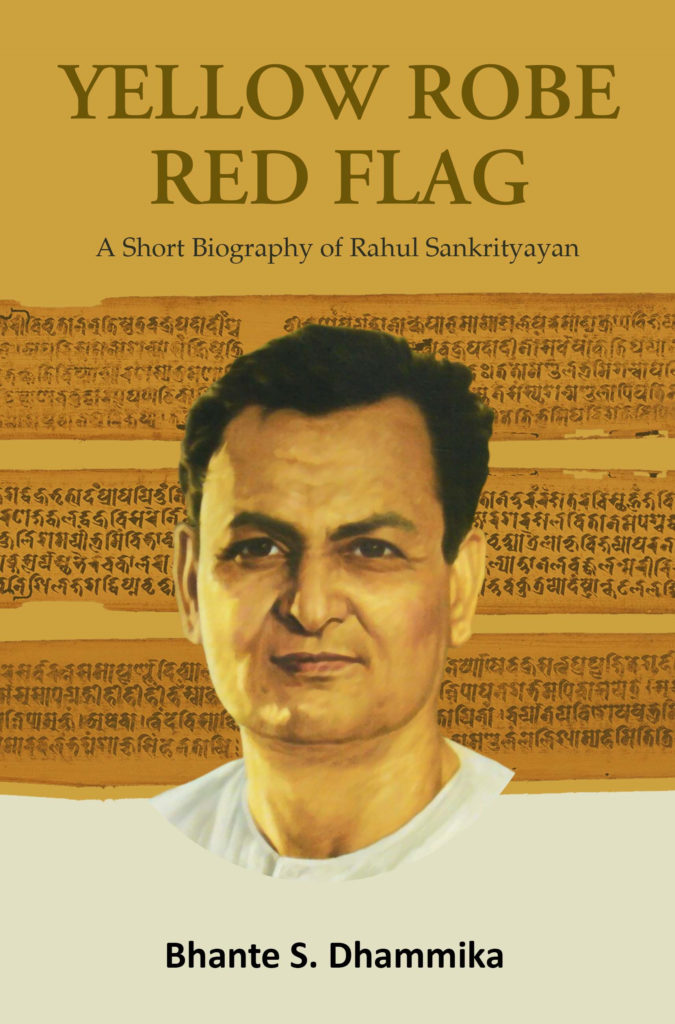
Most of this short book was written between 1990 and 1991 with the intention of publishing it for Rahul Sankrityayan’s birth centenary in 1993. However, I misplaced the manuscript and only rediscovered it amongst my late mother’s papers in April … Read the rest
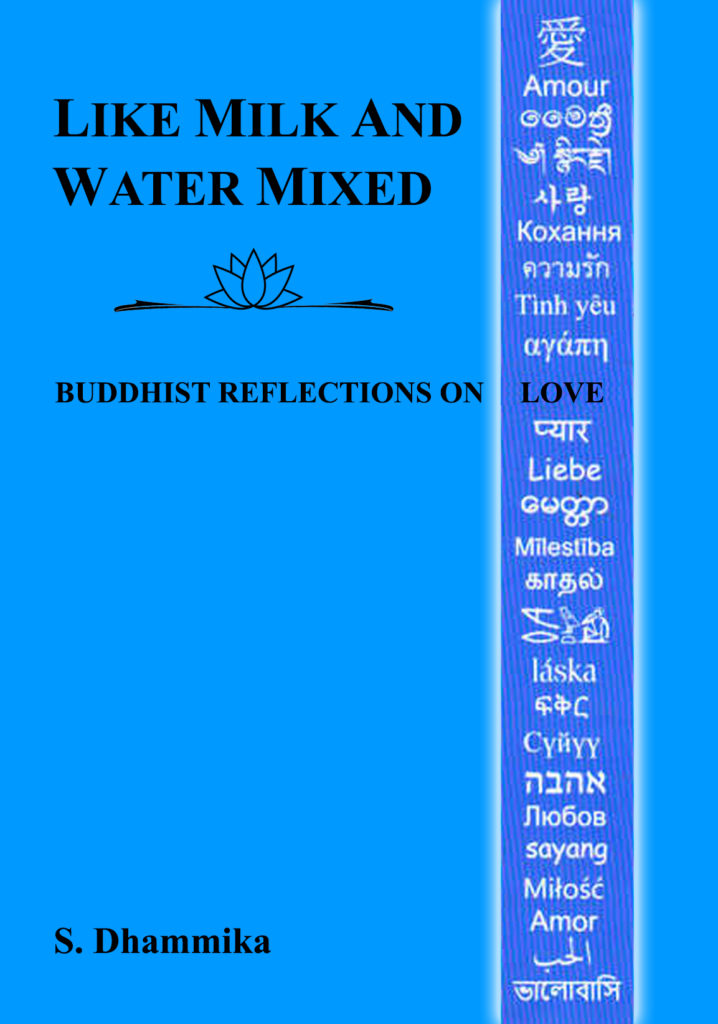
Love is not necessarily an easy subject to write about. Studies of the subject by philosophers, psychologists and sociologists usually focus on one or another of its forms, most commonly romantic or conjugal love, and often use the word “love” … Read the rest

This rendering of King Asoka’s Edicts is based heavily on Amulyachandra Sen’s English translation, which includes the original Magadhi and a Sanskrit and English translation of the text. However, many parts of the edicts are far from clear in meaning … Read the rest

An issue that has long divided Buddhists is whether or not meat-eating is consistent with the Dhamma, the teachings of the Buddha. Both ancient and modern scholars have debated the matter, sometimes with considerable rancour. In this book a well-known … Read the rest

The first attempt to identify the plants in the Tipiṭaka was made by Robert Childers in his A Dictionary of the Pali Language of 1876. Childers gave about 165 plant names and provided … Read the rest

For centuries people have stood in awe of the Buddha and his attainments and have strived to express their feelings in stone and bronze and with brush and ink. Some have been moved by what the Buddha said, its logical … Read the rest
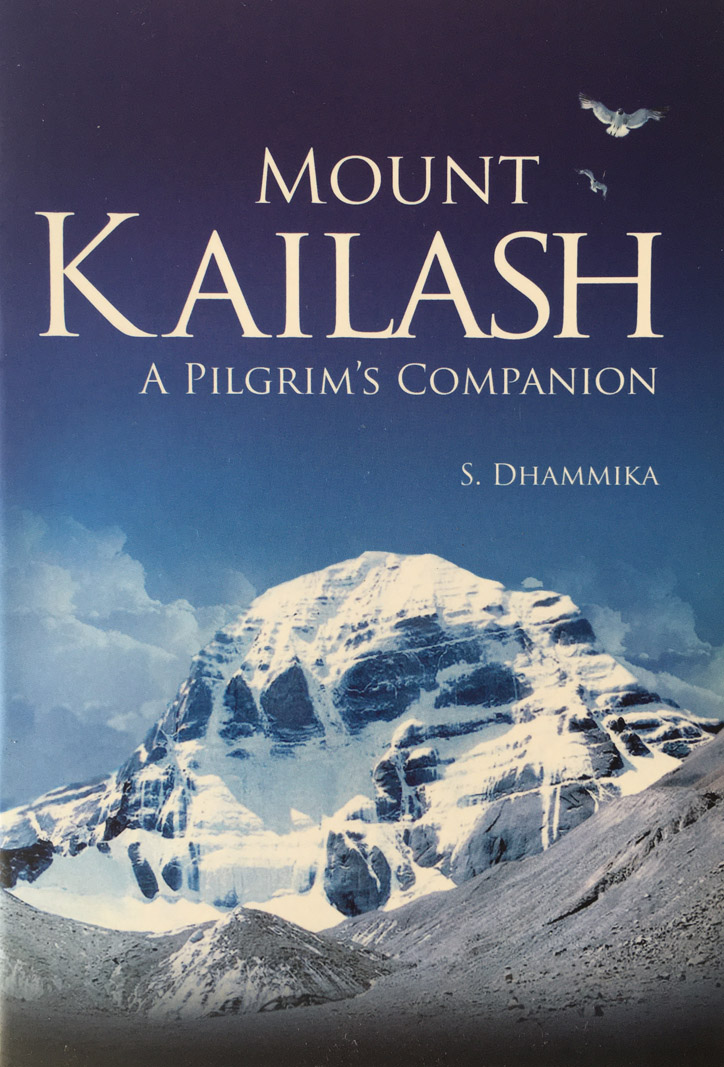
After Mount Everest, Mount Kailash is the most celebrated mountain in the Himalayas. The name Kailash is derived from the Sanskrit kailāśā meaning ‘crystal’. It is 6,714 meters (22,028 ft.) above sea level and some 2000 meters above the surrounding … Read the rest
